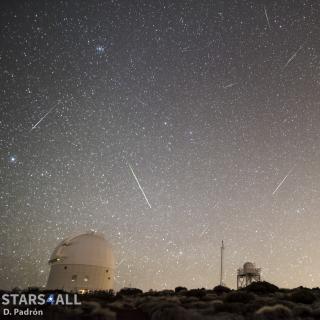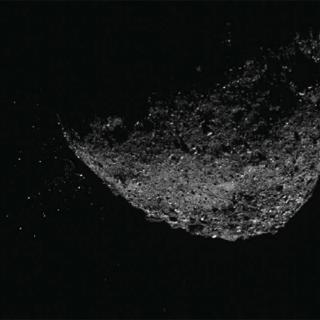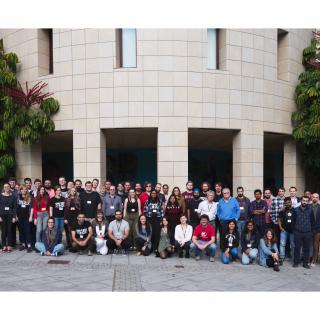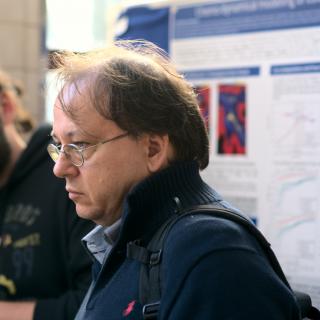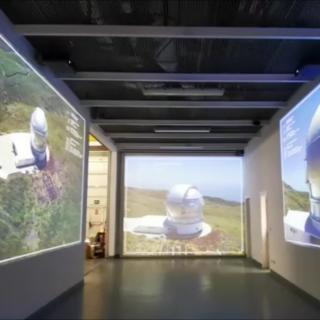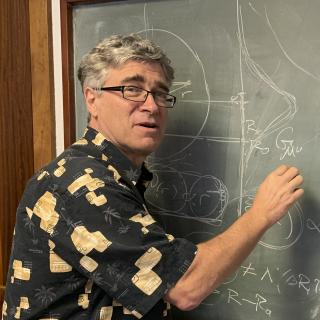
The Sun is not the live coal that Anaxagoras described. We can imagine hell in its interior, and we know that there are darker spots on its surface which, when discovered, were shown to be incompatible with the Aristotelian principle of the perfection of the heavenly bodies. We have learned a great deal about our star since then, but even now we do not know the answer to some important questions about the source of energy of our Solar System, the main source of life. These were the words of Jeffrey R. Kuhn, doctor in Physics from Princeton University, and currently Professor at the Institute
